Home>Gardening & Outdoor>Landscaping Ideas>When To Plant Grass Seed In PA, Spring
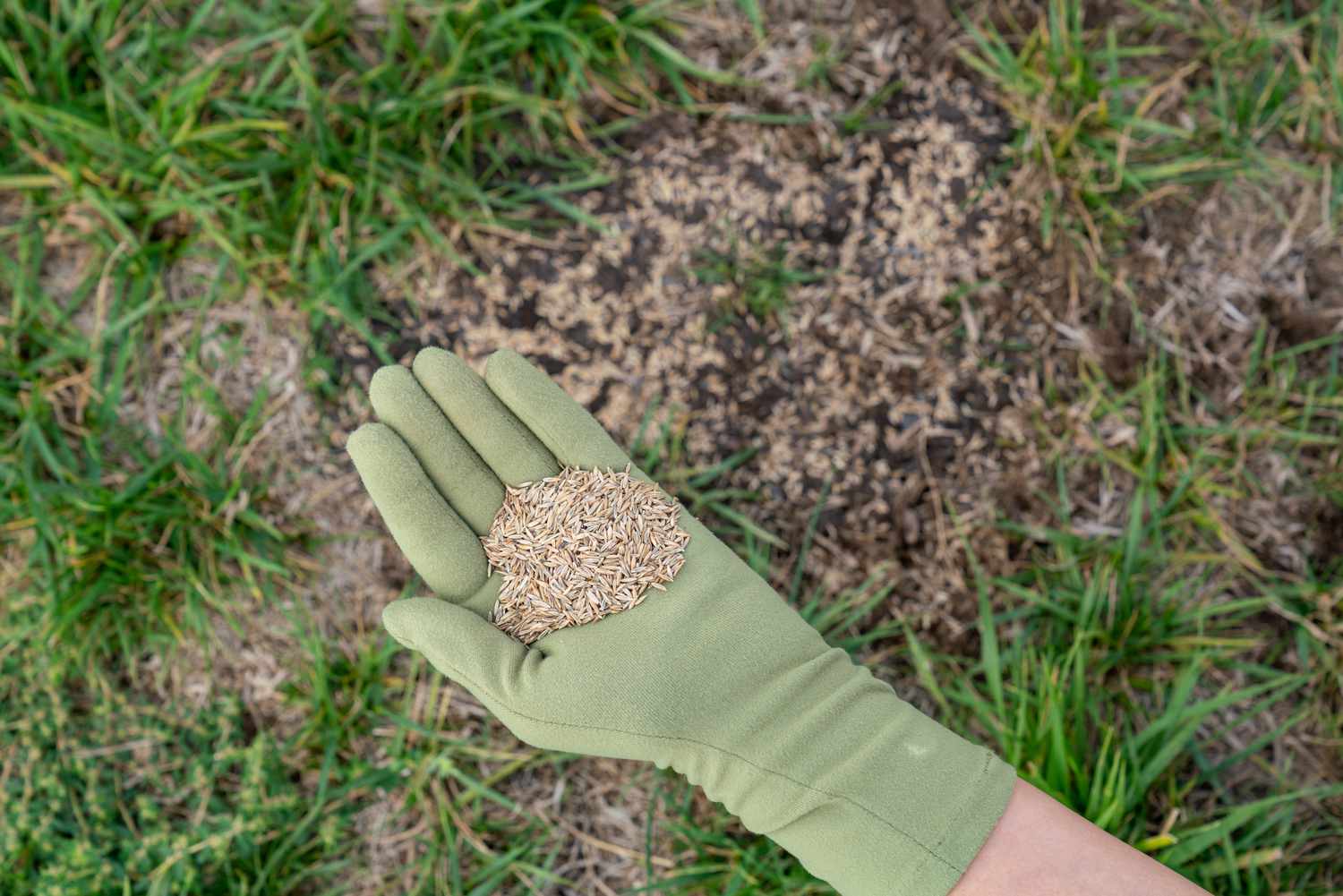

Landscaping Ideas
When To Plant Grass Seed In PA, Spring
Published: January 29, 2024
Discover the best time to plant grass seed in Pennsylvania during the spring season. Get expert landscaping ideas and tips for successful lawn growth.
(Many of the links in this article redirect to a specific reviewed product. Your purchase of these products through affiliate links helps to generate commission for Storables.com, at no extra cost. Learn more)
Introduction
Welcome to the beautiful state of Pennsylvania, where the lush greenery of well-maintained lawns adds a touch of natural elegance to countless homes and properties. If you’re a proud homeowner or a landscaping enthusiast in the Keystone State, you know that achieving a healthy, vibrant lawn requires careful planning, especially when it comes to planting grass seed. In this comprehensive guide, we’ll explore the best practices for planting grass seed in Pennsylvania, focusing on the ideal timing, preparation, and care to ensure a successful lawn transformation. Whether you’re a seasoned gardener or just starting your landscaping journey, this article will equip you with the knowledge and confidence to cultivate a thriving lawn that will be the envy of your neighborhood.
Key Takeaways:
- The best time to plant grass seed in Pennsylvania is late summer to early fall, or late March to early May in spring. Understanding the climate and soil is crucial for successful lawn transformation.
- Preparing the soil, choosing the right grass seed, and providing attentive care are essential for nurturing new grass into a lush and resilient lawn. Proper watering, mowing, and fertilization contribute to long-term health and beauty.
Read more: When To Plant Grass Seed In PA In Spring
Understanding Pennsylvania Climate
Before diving into the specifics of planting grass seed in Pennsylvania, it’s crucial to grasp the unique climate that characterizes the state. Pennsylvania experiences a diverse range of climates, with the eastern portion generally falling into the humid subtropical climate zone, while the western part tends to exhibit a humid continental climate. These distinctions influence temperature, precipitation, and overall growing conditions, making it essential to consider your specific region when planning your lawn care strategy.
Throughout the state, winters can be cold and snowy, especially in the northern and western areas, while summers are typically warm and humid. The transition seasons of spring and fall bring moderate temperatures, but they can also be accompanied by unpredictable weather patterns, including heavy rainfall and temperature fluctuations.
Given this variability, it’s important to be mindful of the USDA hardiness zones that apply to different parts of Pennsylvania. These zones provide valuable guidance on the types of grasses and plants that are most likely to thrive in a particular area, taking into account factors such as average annual minimum temperatures. By understanding the nuances of Pennsylvania’s climate and hardiness zones, you can make informed decisions when selecting grass seed and planning the timing of your planting efforts.
Best Time to Plant Grass Seed in Pennsylvania
Timing is everything when it comes to planting grass seed in Pennsylvania. The optimal window for sowing grass seed in the Keystone State is during the late summer to early fall, typically from mid-August to mid-September. During this period, the soil retains warmth from the summer months while also benefiting from increased moisture as the weather gradually transitions into the cooler, wetter conditions of fall. These favorable environmental factors create an ideal setting for grass seed germination and establishment.
Planting in late summer to early fall allows the grass seedlings to take root and develop before the harsh conditions of winter set in. By establishing themselves during the fall season, the young grass plants can strengthen their root systems and reserve essential nutrients, ensuring their resilience when faced with the challenges of winter dormancy. Moreover, planting during this timeframe minimizes competition from summer annual weeds, which are less prevalent as the season progresses.
While fall is the prime season for planting grass seed in Pennsylvania, it’s important to note that early spring also presents a viable opportunity for sowing. As the frost recedes and the ground thaws, typically from late March to early May, the soil becomes receptive to new grass seed. However, spring planting may require more diligent watering and maintenance, as the warmer temperatures and potential dry spells can pose challenges for the developing seedlings.
Understanding the climate and seasonal transitions in your specific region of Pennsylvania is crucial for pinpointing the best time to plant grass seed. By aligning your seeding schedule with the natural rhythms of the local climate, you can maximize the chances of success and set the stage for a lush, resilient lawn.
Preparing Your Lawn for Planting
Before embarking on the exciting journey of planting new grass seed in Pennsylvania, it’s essential to prepare your lawn to provide the optimal conditions for successful germination and growth. This preparatory phase involves several key steps that lay the groundwork for a healthy and thriving lawn.
Assessing the Soil
Begin by evaluating the composition and condition of your soil. Conduct a soil test to determine its pH level and nutrient content, as this information will guide your choice of amendments and fertilizers. Most grass species prefer a slightly acidic soil with a pH range of 6.0 to 7.0, so adjusting the pH if necessary can significantly benefit the new grass seedlings’ development.
Read more: When To Start Seeds For Spring Planting
Clearing and Leveling
Clear the area where you plan to sow the grass seed, removing any debris, rocks, or existing vegetation that could impede the growth of the new seedlings. Additionally, take the time to level the soil surface, addressing any unevenness or compacted areas. A smooth, level surface promotes uniform seed distribution and facilitates proper seed-to-soil contact, both of which are critical for successful germination.
Aerating the Soil
Aerating the soil is a valuable practice that enhances its structure and promotes better air, water, and nutrient penetration. Consider using a core aerator to alleviate soil compaction and stimulate root development, creating an environment that is conducive to the establishment of the new grass seed.
Applying Amendments and Fertilizers
Based on the results of your soil test, apply any necessary soil amendments and fertilizers to optimize the soil’s nutrient balance. Incorporating organic matter, such as compost, can improve the soil’s texture and fertility, fostering an environment that is favorable for seedling growth and establishment.
Watering and Waiting
After preparing the soil, thoroughly water the area to ensure that it is adequately moist but not waterlogged. Allow the soil to settle and stabilize for a week or two before proceeding with the actual seeding process. This waiting period allows any disturbances caused by soil preparation to be rectified, setting the stage for successful grass seed germination and growth.
By diligently preparing your lawn for planting, you create an environment that is primed to support the healthy development of new grass seed. Taking the time to assess, clear, level, aerate, and nourish the soil sets the stage for a successful seeding process, laying the foundation for a lush and resilient lawn in Pennsylvania.
Read more: When To Plant Grass Seed In The Spring
Choosing the Right Grass Seed
When it comes to selecting the ideal grass seed for your Pennsylvania lawn, several factors come into play, including climate, soil type, sun exposure, and anticipated lawn usage. By carefully considering these elements, you can choose a grass seed variety that is well-suited to the specific conditions of your property, ensuring a successful and enduring lawn transformation.
Climate Considerations
Pennsylvania’s diverse climate zones call for grass seed varieties that can thrive in both warm and cool conditions. For much of the state, cool-season grasses such as Kentucky bluegrass, perennial ryegrass, and fine fescue are popular choices due to their ability to withstand the cold winters and moderate summers. In the southeastern regions, where the climate tends to be milder, warm-season grasses like tall fescue and zoysia grass may also be suitable options.
Soil and Sun Preferences
Assessing your soil type and sun exposure is crucial for selecting the right grass seed. If your lawn receives ample sunlight, opt for grass varieties that thrive in full sun, such as Kentucky bluegrass and certain fescue species. In shaded areas, consider shade-tolerant grasses like fine fescue and certain types of ryegrass. Additionally, take into account your soil’s drainage and fertility characteristics, as different grass species have varying soil preferences.
Intended Use and Maintenance
Consider how your lawn will be used to determine the most suitable grass seed variety. If you expect heavy foot traffic or have pets, durable and resilient grasses like tall fescue may be preferable. For low-maintenance lawns, fine fescue varieties offer a fine texture and require less mowing and fertilization. Understanding your lawn’s intended use and your maintenance preferences will guide you in selecting a grass seed that aligns with your specific needs.
Read more: When To Plant Grass Seed In The Spring
Seed Mixtures and Blends
In some cases, a blend or mixture of grass seed varieties may be the best choice for achieving a balanced, resilient lawn. Seed blends can offer a combination of qualities, such as drought tolerance, disease resistance, and aesthetic appeal. Additionally, they can help mitigate the risk of monoculture susceptibility to pests and diseases, promoting a diverse and robust lawn ecosystem.
By carefully considering the climate, soil, sun exposure, and usage factors, you can choose the right grass seed that will thrive in your Pennsylvania lawn. Whether you opt for cool-season grasses, prioritize shade tolerance, or seek a low-maintenance variety, selecting the appropriate grass seed sets the stage for a successful and enduring lawn transformation.
Planting Your Grass Seed
As you embark on the exciting journey of sowing new grass seed in Pennsylvania, it’s essential to approach the planting process with care and precision to maximize the chances of successful germination and establishment. By following best practices and paying attention to crucial details, you can set the stage for a lush and resilient lawn that will enhance the beauty of your property.
Seed Selection and Calculation
Begin by selecting high-quality grass seed that aligns with the specific needs of your lawn, considering factors such as climate, sun exposure, and intended use. Once you have chosen the appropriate seed variety or blend, calculate the amount of seed needed based on the size of the area to be seeded and the recommended seeding rate for the selected grass species.
Soil Preparation
Prior to sowing the grass seed, ensure that the soil has been adequately prepared through clearing, leveling, aerating, and, if necessary, amending. A smooth and level seedbed, free of debris and compacted soil, provides an optimal foundation for successful germination and seedling growth.
Read more: When To Plant Flower Seeds For Spring
Seeding Techniques
When it comes to actually sowing the grass seed, several techniques can be employed to achieve even distribution and optimal seed-to-soil contact. For smaller areas, hand broadcasting or using a handheld spreader may be suitable, while larger areas may benefit from the use of a mechanical seeder or broadcast spreader. Regardless of the method chosen, aim for uniform coverage and avoid overseeding, as overcrowding can lead to competition and hinder the development of the seedlings.
Seed Depth and Coverage
Once the seed has been spread, lightly rake the soil to ensure that the seeds are gently covered with a thin layer of soil. The ideal seeding depth for most grass species is approximately 1/4 to 1/2 inch. Avoid burying the seeds too deeply, as this can impede germination, or leaving them exposed on the soil surface, as this can lead to desiccation and poor establishment.
Watering and Care
After planting the grass seed, thoroughly water the area to promote soil contact and initiate the germination process. Maintain consistent moisture levels, ensuring that the seeded area remains damp but not waterlogged. Depending on the weather conditions, you may need to water the newly seeded area multiple times per day to keep the soil adequately moist. As the seedlings emerge and establish, gradually transition to a regular watering schedule that supports their ongoing growth and development.
By carefully selecting and calculating the seed, preparing the soil, employing effective seeding techniques, and providing proper watering and care, you can set the stage for successful grass seed germination and establishment. This thoughtful approach to planting your grass seed in Pennsylvania paves the way for a vibrant and resilient lawn that will be a source of pride and enjoyment for years to come.
Caring for Your New Grass
Once you’ve planted your grass seed and witnessed the initial signs of germination, it’s crucial to provide attentive care to nurture the young seedlings and facilitate their healthy growth into a lush and resilient lawn. By implementing proper maintenance practices and addressing the evolving needs of your new grass, you can lay the groundwork for a thriving and verdant landscape that will enhance the beauty of your property.
Read more: When To Plant Spring Grass Seed
Watering Regimen
Consistent and adequate watering is essential for supporting the establishment of your new grass. During the initial phase following seeding, ensure that the soil remains consistently moist, but not waterlogged, to provide an optimal environment for germination and early growth. As the seedlings develop, gradually transition to a deeper and less frequent watering schedule, encouraging the roots to penetrate deeper into the soil for enhanced resilience and drought tolerance.
Mowing Practices
As the new grass reaches a height of approximately 3 to 4 inches, it’s time to initiate the first mowing. Set your mower blade to a higher setting to avoid removing more than one-third of the grass blade length in a single mowing session. This gentle approach helps prevent stress on the young grass and encourages a denser, healthier lawn. Additionally, ensure that the mower blades are sharp to achieve clean cuts that promote optimal growth and minimize the risk of disease or damage.
Fertilization and Nourishment
After the new grass has been mowed a few times and has established a solid root system, consider applying a balanced, slow-release fertilizer to provide essential nutrients for sustained growth and vigor. It’s important to follow the recommended application rates and timing, avoiding excessive fertilization that could harm the developing grass or contribute to environmental imbalances. Additionally, consider incorporating organic matter, such as compost, into your lawn care regimen to enhance soil fertility and structure.
Weed Control and Maintenance
Vigilant weed control is crucial for safeguarding the health and integrity of your new grass. Keep an eye out for invasive weeds and address them promptly through targeted removal or the use of selective herbicides, being mindful to avoid damage to the young grass. Regular maintenance tasks, such as dethatching, aerating, and overseeding as needed, contribute to the overall health and resilience of your lawn, promoting a dense and vibrant turf that can withstand environmental stressors.
Pest and Disease Monitoring
Be attentive to signs of potential pest infestations or disease development in your new grass, as early detection and intervention are key to mitigating damage. Keep an eye out for symptoms such as discoloration, wilting, or abnormal growth patterns, and consult with local gardening resources or professionals if you suspect a pest or disease issue that requires expert guidance.
By adhering to a comprehensive care regimen that encompasses proper watering, mowing, fertilization, weed control, and vigilant monitoring for pests and diseases, you can nurture your new grass into a resilient and visually stunning lawn. This attentive approach to lawn care ensures that your investment in planting and establishing new grass seed in Pennsylvania yields a flourishing and enduring landscape that brings joy and pride for years to come.
Conclusion
Congratulations on taking proactive steps to enhance the beauty and vitality of your Pennsylvania lawn through the thoughtful and strategic planting of grass seed. By understanding the unique climate, selecting the right grass seed, and implementing best practices for preparation, planting, and care, you have positioned yourself for the rewarding experience of cultivating a lush and resilient lawn that will be a source of pride and enjoyment.
As you navigate the process of planting grass seed in Pennsylvania, it’s important to recognize that success often hinges on a combination of knowledge, patience, and attentive care. By aligning your seeding schedule with the seasonal rhythms of the local climate, you maximize the chances of successful germination and establishment, setting the stage for a vibrant and enduring lawn transformation.
Remember that the journey doesn’t end with the initial planting; ongoing care and maintenance are essential for nurturing your new grass and ensuring its long-term health and beauty. From diligent watering and mowing practices to thoughtful fertilization and pest monitoring, each aspect of lawn care contributes to the overall resilience and vibrancy of your landscape.
As you witness the gradual emergence and growth of your new grass, take the time to appreciate the transformation taking place before your eyes. The sight of tender seedlings maturing into a verdant carpet of lush greenery is a testament to your dedication and the natural beauty of the Pennsylvania landscape.
Whether you’re a seasoned gardener or a first-time lawn enthusiast, the process of planting and caring for new grass seed is a journey of discovery and fulfillment. As you tend to your lawn and witness its evolution, may you find joy in the nurturing of new life and the creation of a welcoming outdoor space that enriches your home and enriches your life.
With the knowledge and insights gained from this guide, you are well-equipped to navigate the intricacies of planting grass seed in Pennsylvania and to cultivate a lawn that thrives in harmony with the state’s unique climate and natural splendor. Here’s to the flourishing beauty of your Pennsylvania landscape and the countless moments of enjoyment it will bring in the years to come.
Frequently Asked Questions about When To Plant Grass Seed In PA, Spring
Was this page helpful?
At Storables.com, we guarantee accurate and reliable information. Our content, validated by Expert Board Contributors, is crafted following stringent Editorial Policies. We're committed to providing you with well-researched, expert-backed insights for all your informational needs.
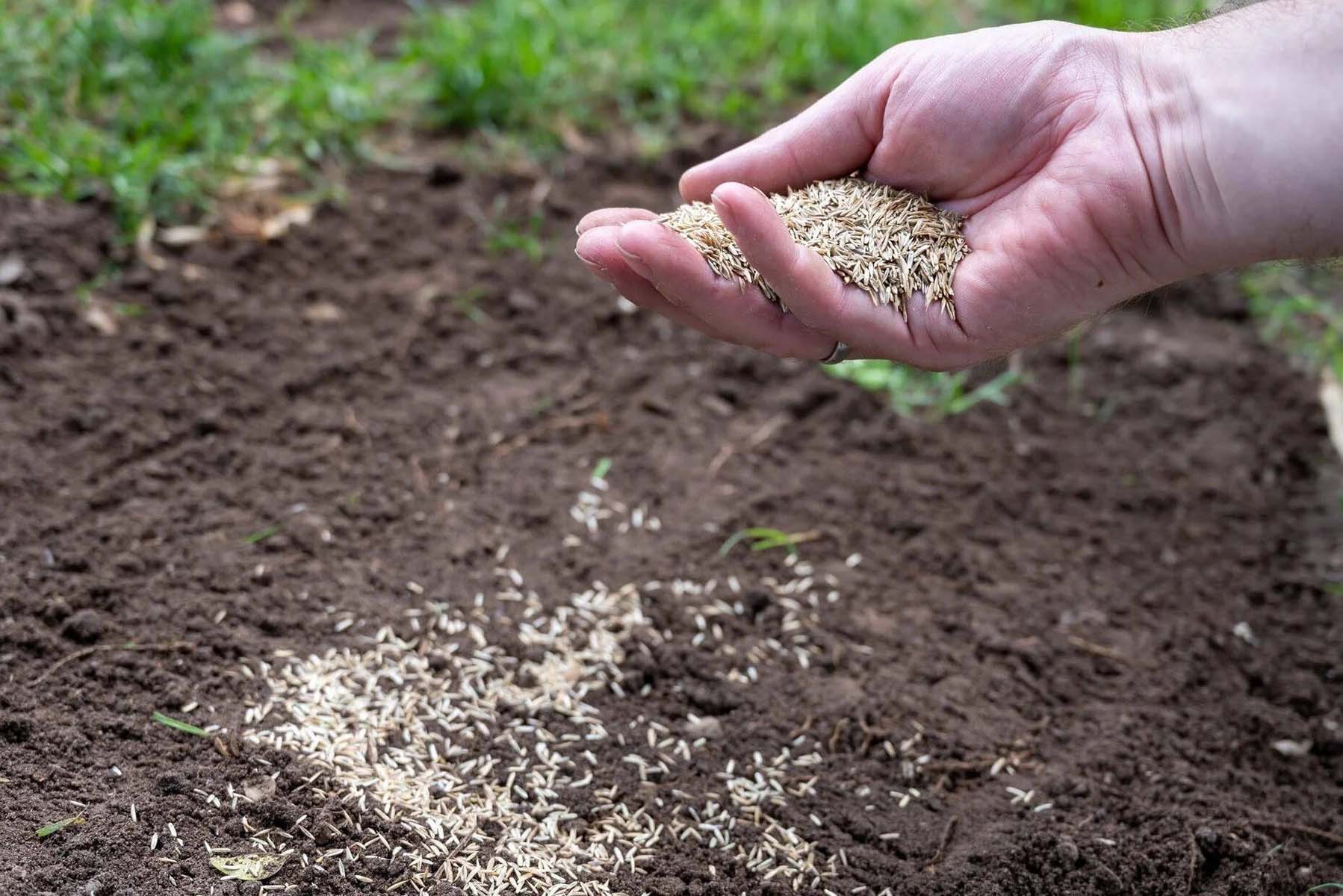
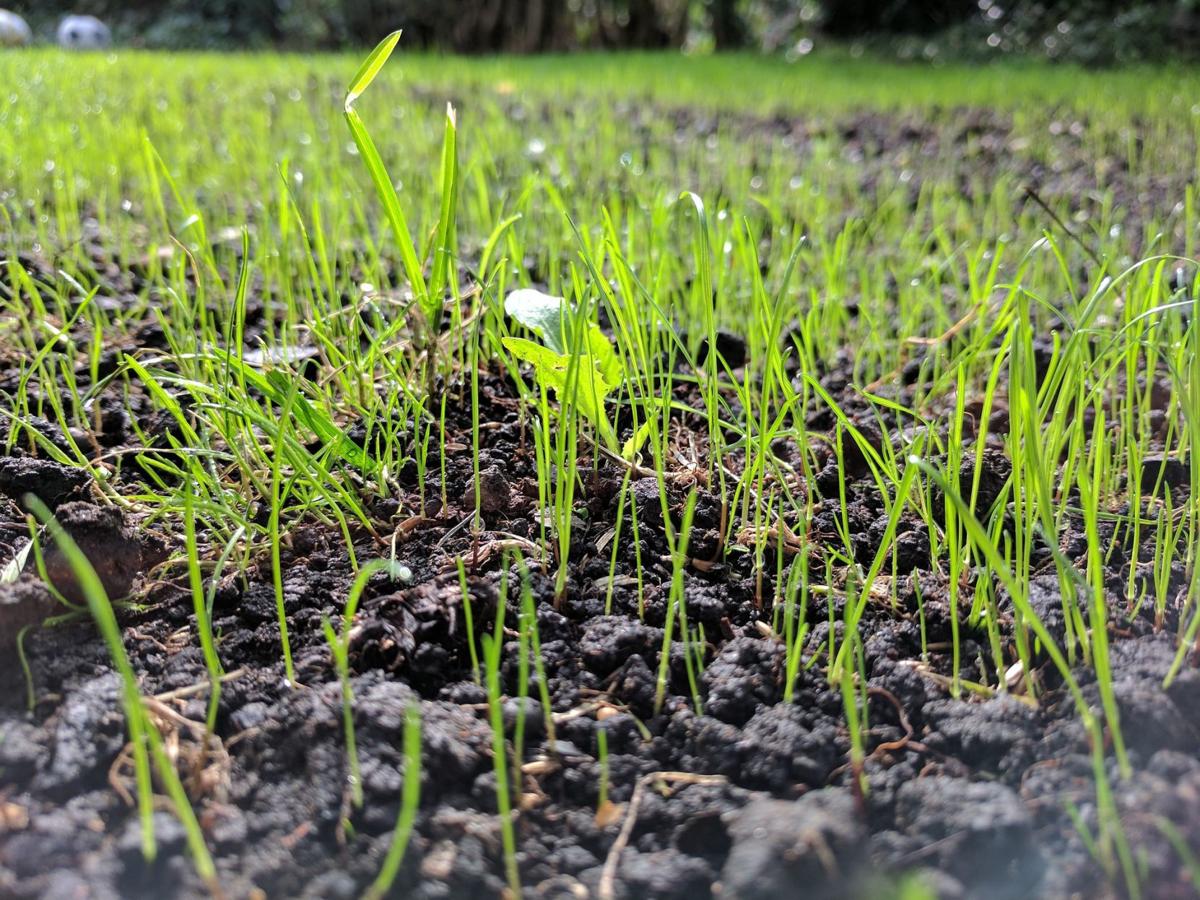
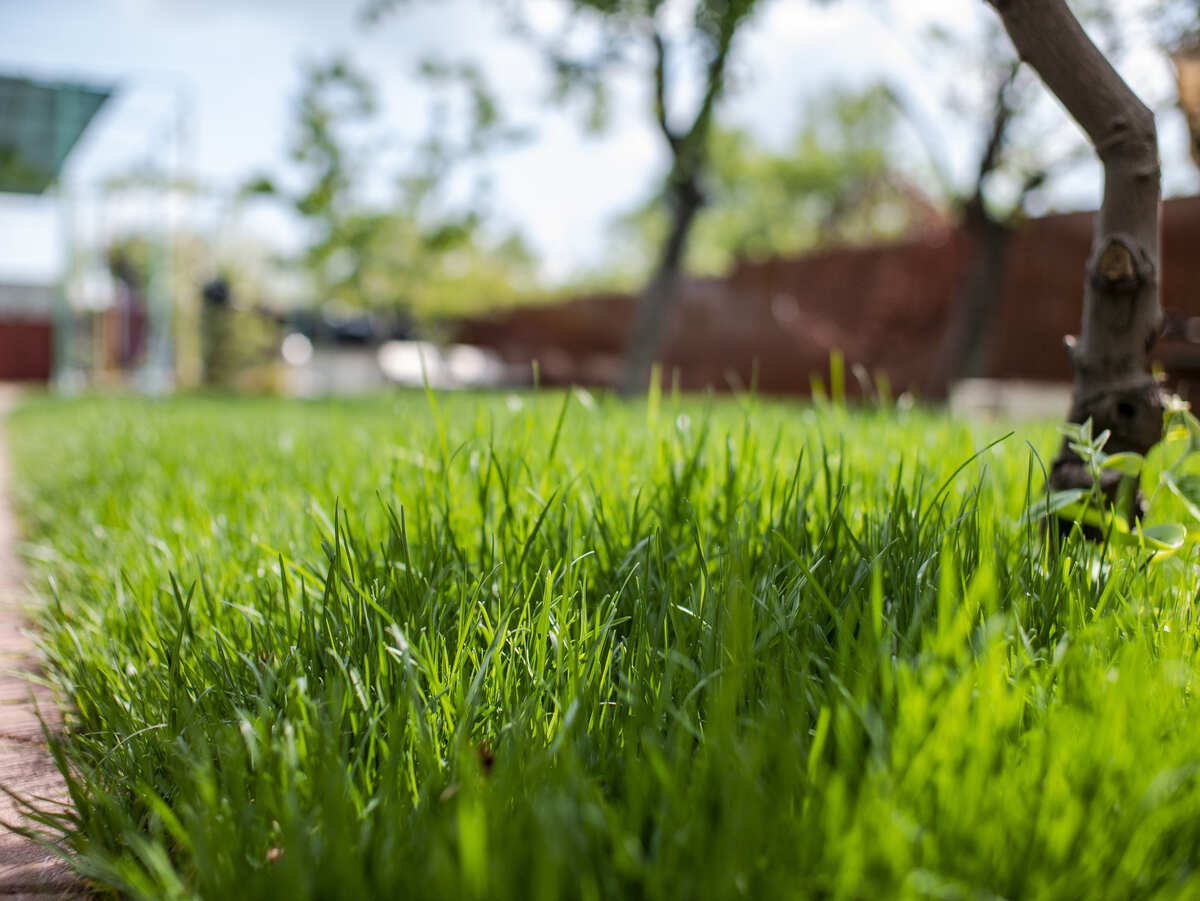

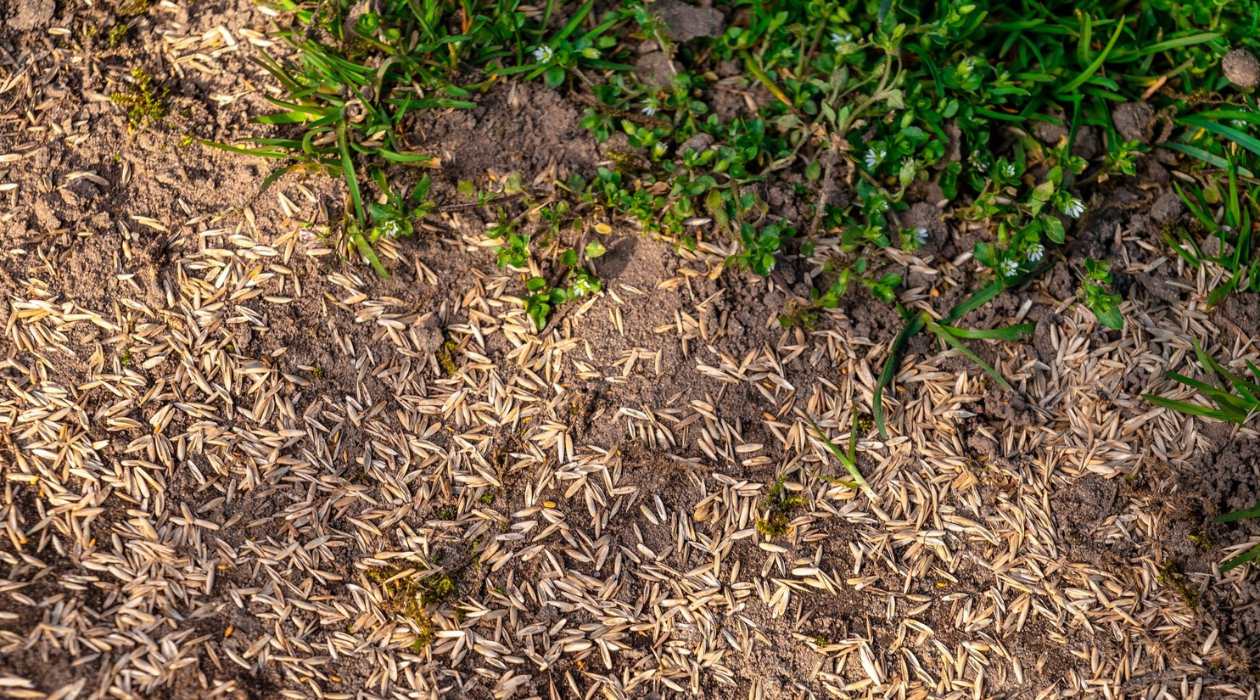
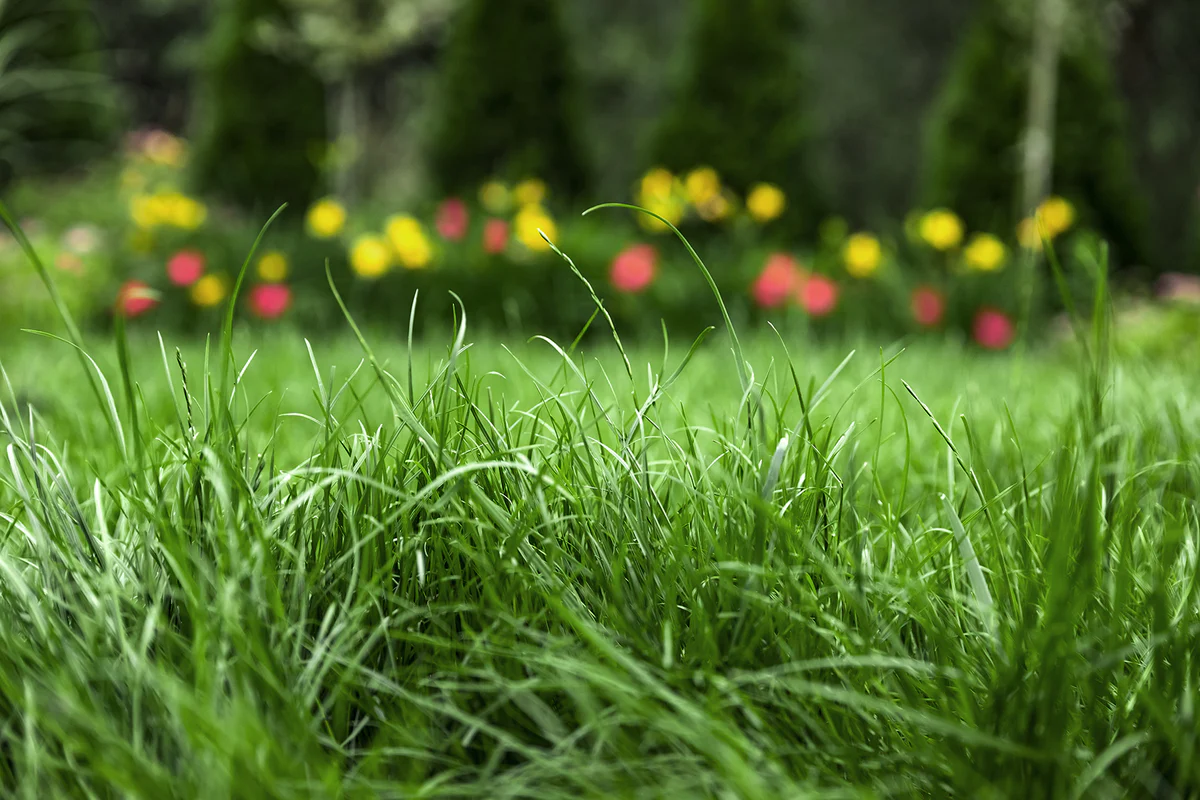
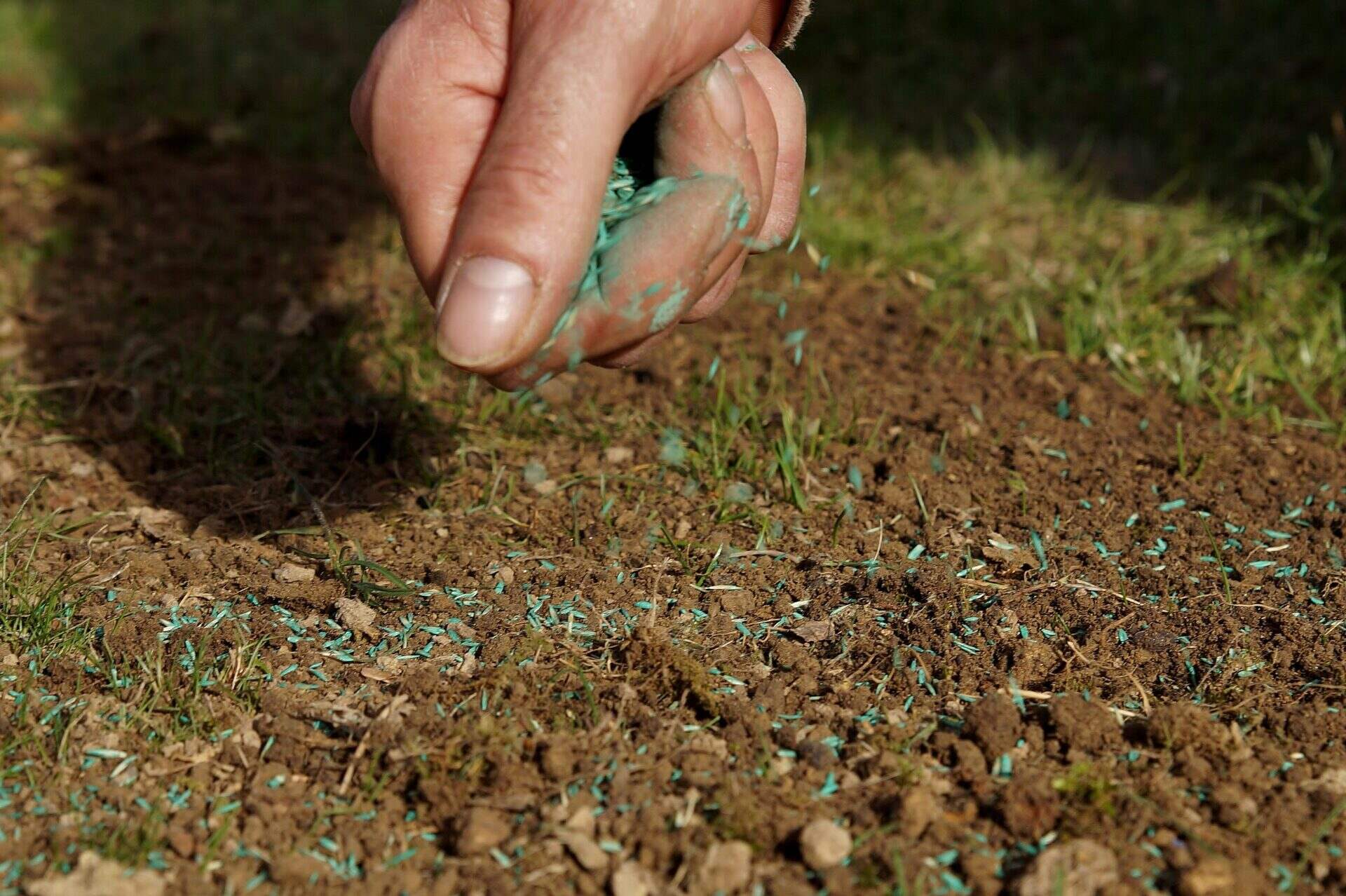



0 thoughts on “When To Plant Grass Seed In PA, Spring”